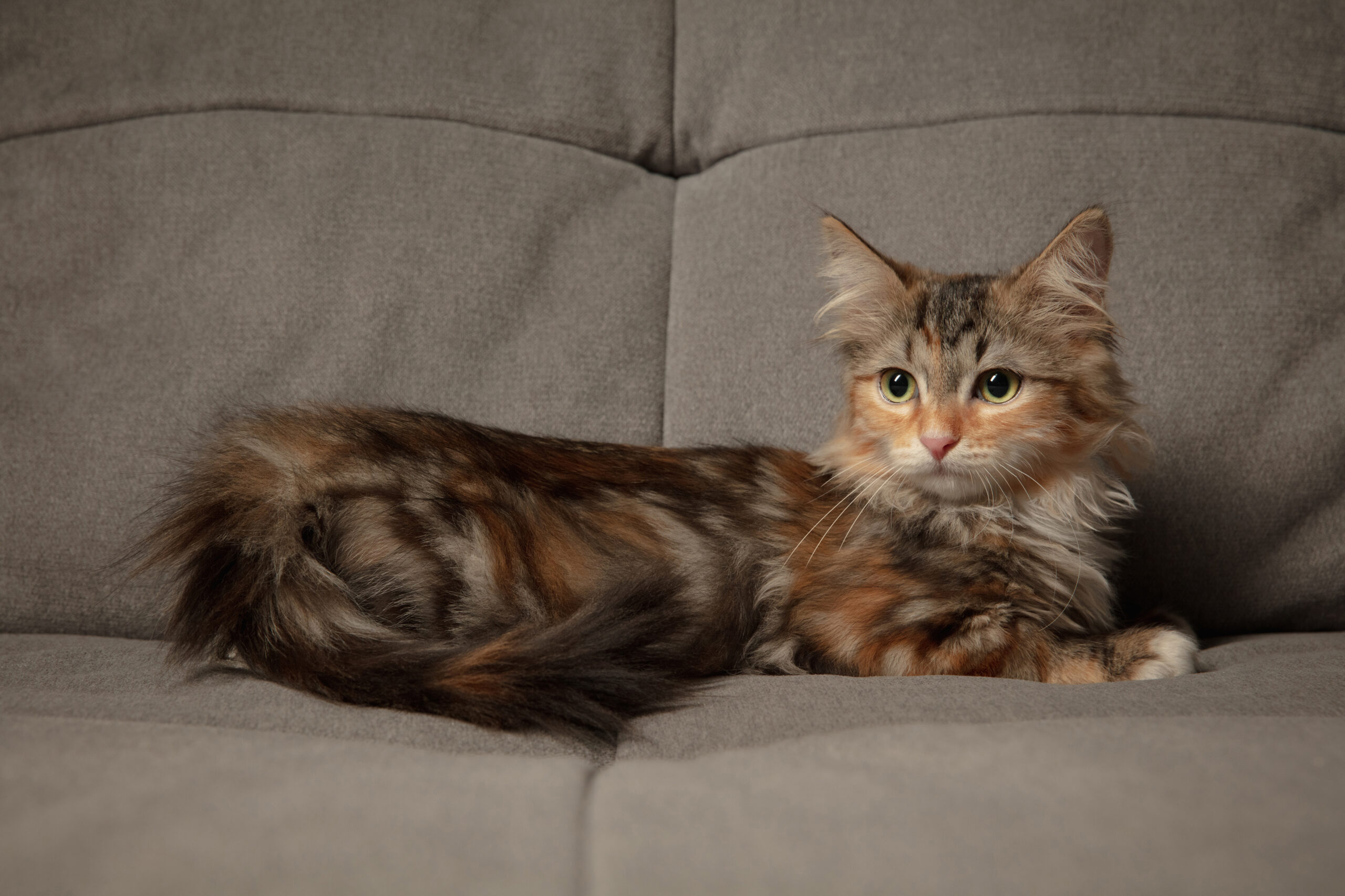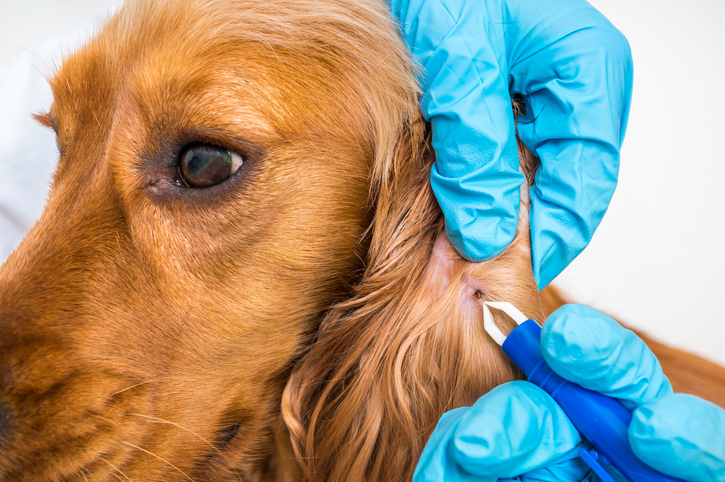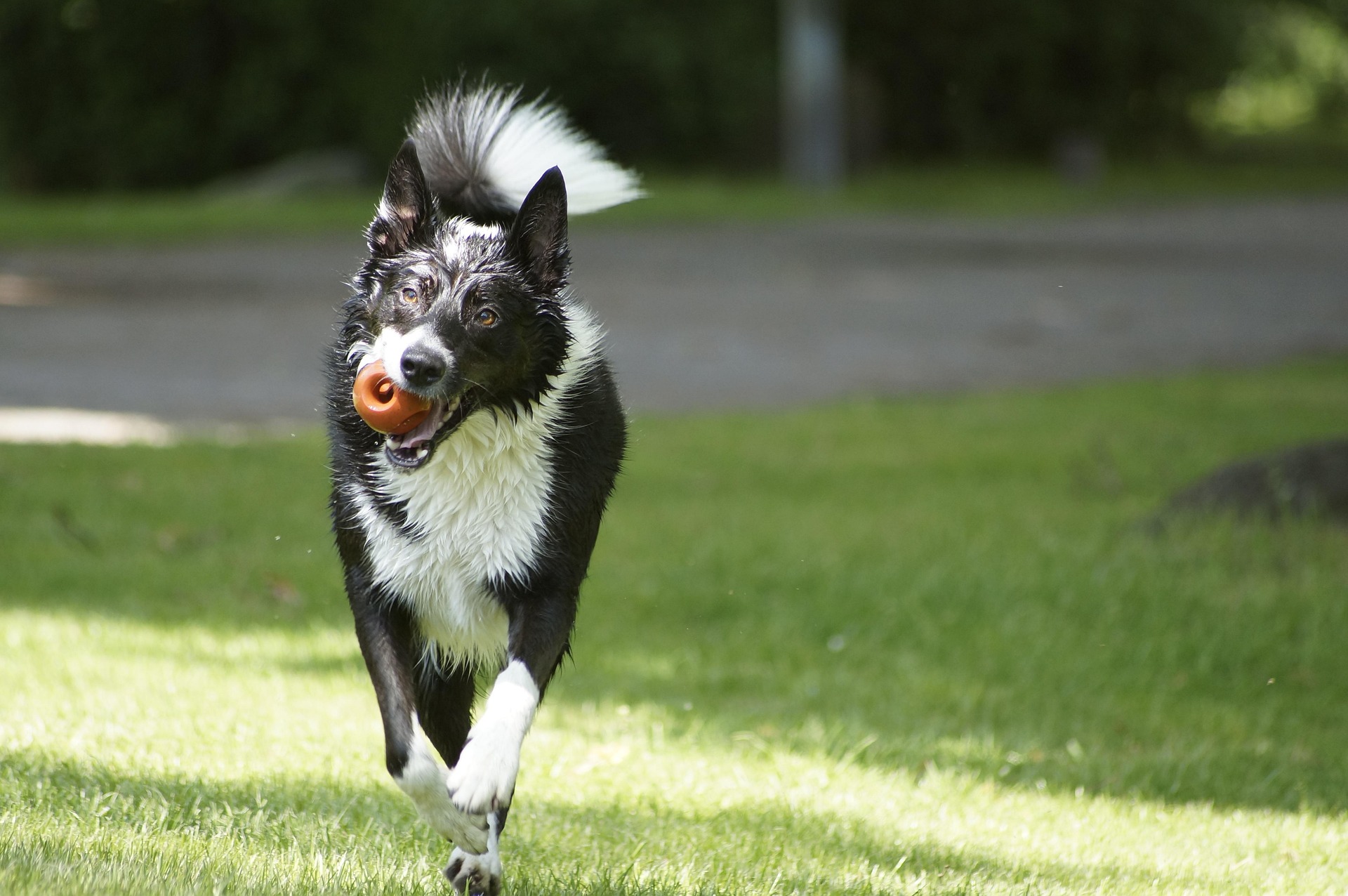Many people experience the daily pain of arthritis and other joint conditions. Did you know that animals are no different? Like humans, many pets develop joint problems over time as they age, causing pain, stiffness, and limited mobility. And also like humans, joint issues can affect any animal, no matter how agile and athletic they are.
It might be surprising to hear that cats commonly suffer from degenerative joint disease, or DJD. This progressive inflammatory condition affects the joints as the cat gets older, causing severe discomfort or pain as time goes on. Despite the reputation cats have for being nimble and quick on their feet, studies have found that 90% of cats over 12 years old will show signs of having DJD.
There is good news: there are a few ways to prevent DJD from worsening in your cat, and signs to be aware of if you’re not certain your cat is in pain. In this guide, we’ll explain what you need to know about degenerative joint disease in cats, including the common symptoms, causes, and some ideas on making your cat more comfortable if they have DJD.
What is Degenerative Joint Disease?
DJD is actually an umbrella term used to describe arthritis or osteoarthritis. These are irreversible, degenerative conditions that wear down articular cartilage, a tissue that cushions joints as they move. As this cartilage becomes brittle (and even breaks away), the bones that make up your cat’s joints lose their cushioning and support, causing pain with each movement.
When the cartilage degenerates, it also causes an inflammatory response. This inflammation causes further pain and degenerates the joint even more, creating a cycle that only gets worse as time goes on.
What Causes Degenerative Joint Disease in Cats?
There are two forms of DJD: primary (or idiopathic) and secondary. Each of these forms has its own potential causes for cat owners to be aware of.
Primary DJD refers to inflammation of the joints that is not caused by abnormality, injury, or disease. Secondary DJD, on the other hand, is the direct result of a birth abnormality or a previous injury.
Other factors make cats more likely to develop degenerative joint disease. These include:
- Age – While it can affect both young and old cats, senior cats (10-12 years and up) are much more likely to develop primary DJD due to the natural breakdown of cartilage over time.
- Purebred Cats – Due to a lack of genetic diversity, purebred cats are more prone to developing secondary DJD from congenital causes like hip dysplasia (loose, misaligned ball socket in the hip joint) and patellar luxation (when the kneecap ‘pops’ out of its normal location).
- Obesity – Obesity significantly contributes to the worsening of chronic, low-grade inflammation in the joints, and the added weight puts even more stress on joints in the legs—this makes obese cats far more likely to develop DJD over time.
Signs of Degenerative Joint Disease in Cats
Unlike humans, cats can’t tell us when they’re experiencing the invisible pain of degenerative joint disease. This means we have to pay careful attention to changes in their behaviour to know when something is wrong.
In cats, these symptoms can be particularly subtle because of their natural instinct to hide pain, so you should be paying close attention to ensure your cat isn’t suffering unnecessarily. Here are the most common signs of feline DJD to look out for:
- Decreased Activity – When cats have DJD, it hurts to do almost anything—cats with joint degeneration will be less active, move more slowly, and may prefer to sleep for more of the day than usual.
- Reluctance to Jump – Cats are known for their jumping abilities. However, this can be very painful for cats with DJD, who will be reluctant to jump up and down from surfaces that are usually easy for them. Often, cats will modify their path to a higher perch, or take long to jump onto higher surfaces (as if ‘building courage’ to do so).
- Difficulty Climbing – Pay attention to the way your cat climbs stairs or gets onto furniture—DJD will make this much more painful and difficult, and your cat may change the way they climb to compensate.
- Increased Vocalization – If your cat is vocalizing more often than they normally do, and seemingly at nothing in particular, it could be a sign that they’re dealing with chronic joint pain.
- Changes in Grooming Habits – Cats with DJD often find it more difficult to groom themselves, leading to less grooming and possibly to patches of hard-to-reach fur becoming tangled and matted.
- Decreased Muscle Mass – As a result of the lowered activity, your cat might become less muscular over time, causing them to look and feel smaller and lighter.
- Lameness – Unlike dogs, it’s rare for cats to show lameness (abnormal function of one or more limbs) as a symptom of DJD—if your cat is lame, the DJD is probably very advanced.
As you can see, degenerative joint disease can cause a wide array of symptoms in your cat, showing how difficult and life-changing this condition can be for your furry friend.
Preventing Degenerative Joint Disease in Cats
The best way to address DJD in cats is to address it from the beginning. Once it has begun, there is no cure for joint degeneration, so prevention is key.
Firstly, make sure you’re feeding your cat healthy food (your vet can provide a recommendation), and find out how much of it to give to help them stay at a healthy weight. Limit treats to just one or two per day, and don’t feed your cat anything that’s meant for people.
Exercise is also essential—not only will it keep your cat’s weight down, but also it will keep the joints fluid and moving, further protecting them from degenerative joint disease in the future. Make plenty of time to play with your cat, encouraging them to run and jump daily. It’s also a great idea to get your cat a companion animal that they enjoy playing with, if possible. This will encourage your cat to move and be active when you don’t have time to play with them.
While it’s impossible to prevent a cat from experiencing the natural symptoms of aging, preventing obesity is the next best thing. In addition to reducing the risk of painful DJD, it protects them from a myriad of other health issues.
How to Help a Cat in Pain from Degenerative Joint Disease
If your cat is diagnosed with DJD, there’s unfortunately no cure. However, you and your veterinarian can provide a number of treatments to help manage the condition and make your pet’s life more comfortable. Treatments for joint disease in cats include:
- Modifying your home environment to be more accessible (e.g., placing food, water, and bed on the same level to reduce the need for climbing, getting a litter box with lower sides, adding steps to favourite perching spots, etc.)
- Encouraging cats to keep moving with gentle play in order to maintain joint mobility and muscles
- Pet-specific pain medication provided by your veterinarian*
- Monoclonal antibodies (Solensia©) are a very safe and effective pain management available at your veterinarian.
- Non-steroidal anti-inflammatory drugs (NSAIDs) provided by your veterinarian to reduce joint inflammation
- Special pet medication injections used to promote cartilage repair and slow damage
- Supplements provided by your vet (e.g., Omega 3s)
*NOTE: Cats metabolize pain medication very differently from humans. They experience severe side effects from taking acetylsalicylic acid (the active ingredient in Aspirin) and even a single pill of acetaminophen (Tylenol) can be fatal to cats.
Never give your cat medication that is intended for humans, and always consult with your veterinarian before giving your cat any medication that they did not provide.
Creative Commons Attribution: Permission is granted to repost this article in its entirety with credit to Hastings Veterinary Hospital and a clickable link back to this page.






